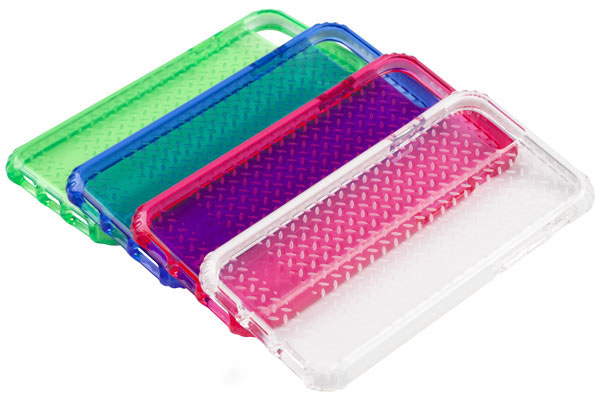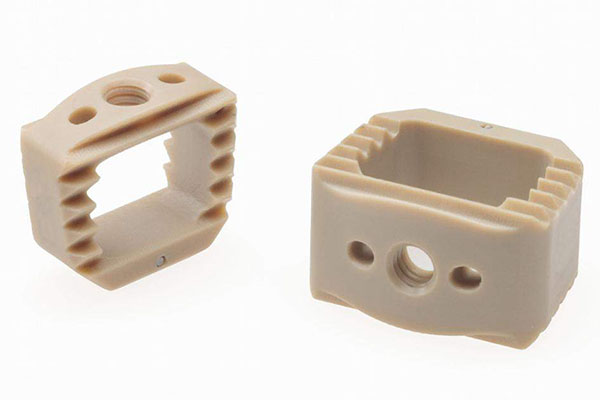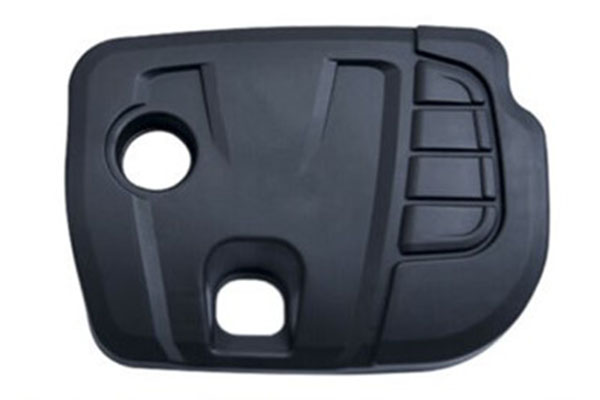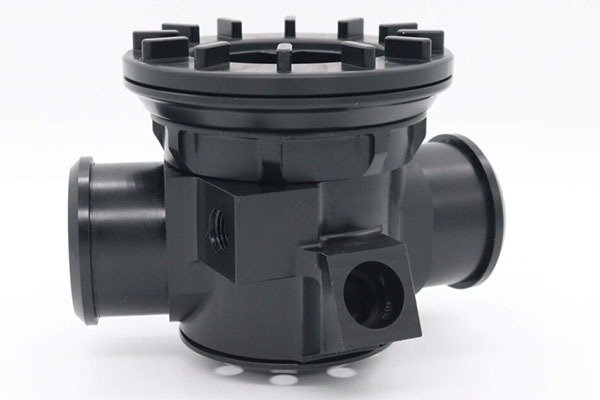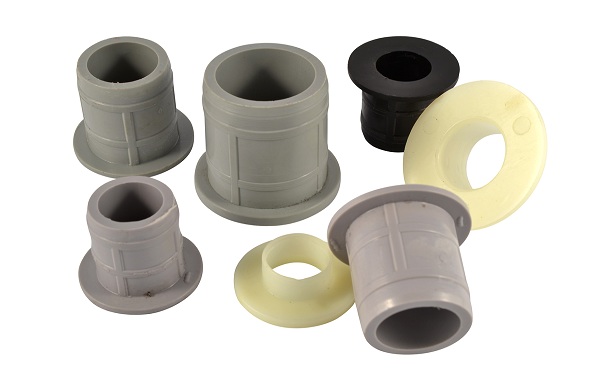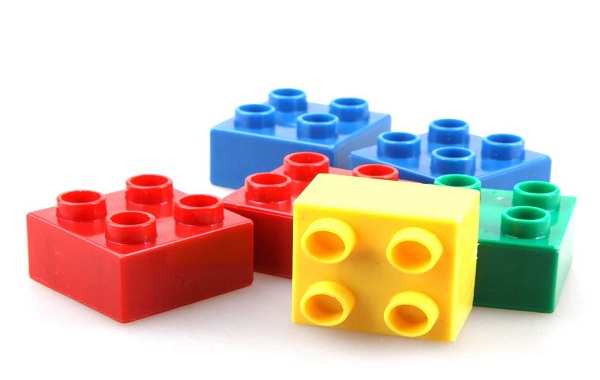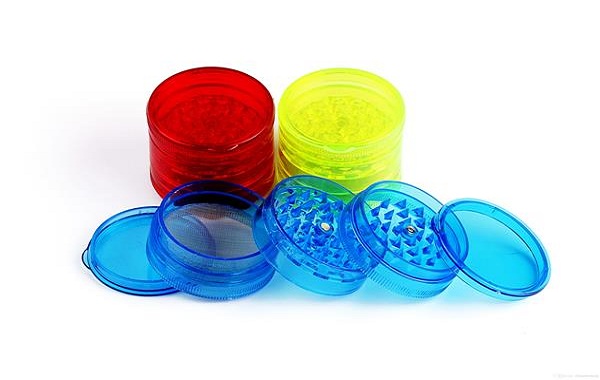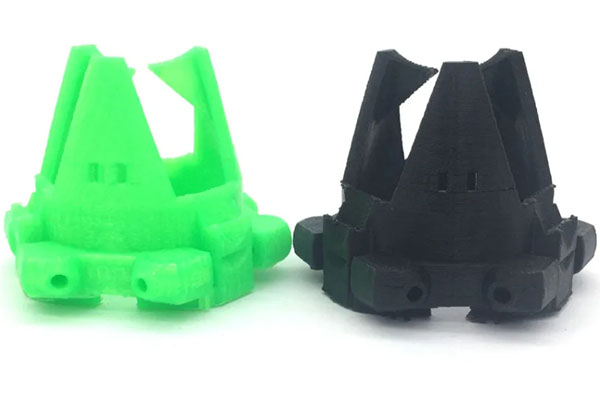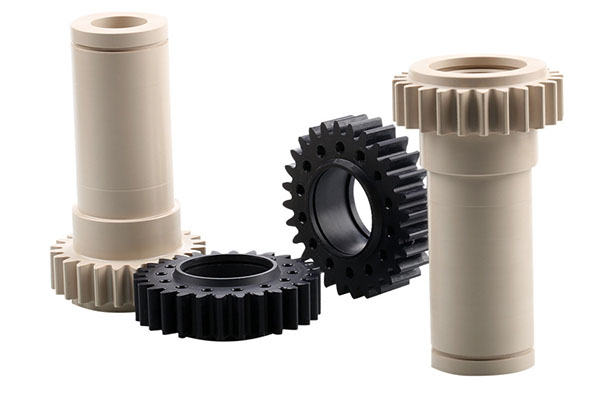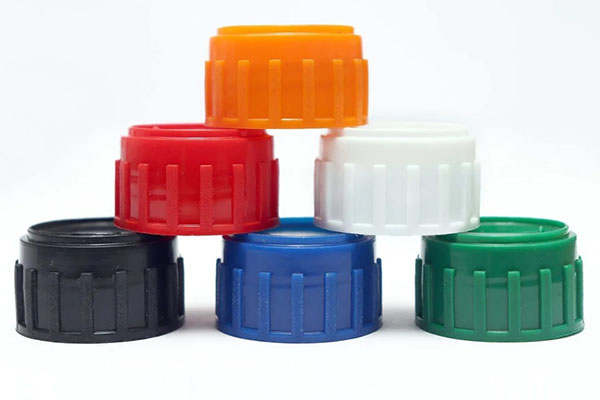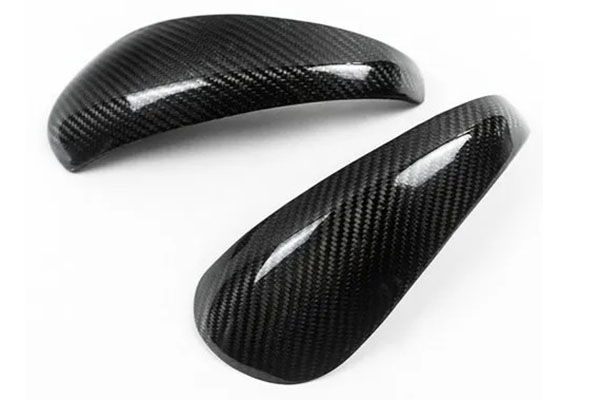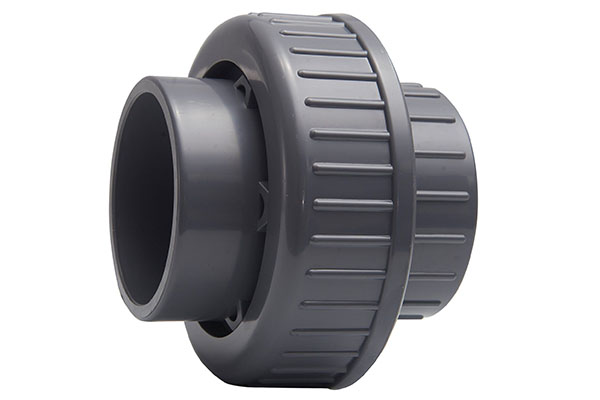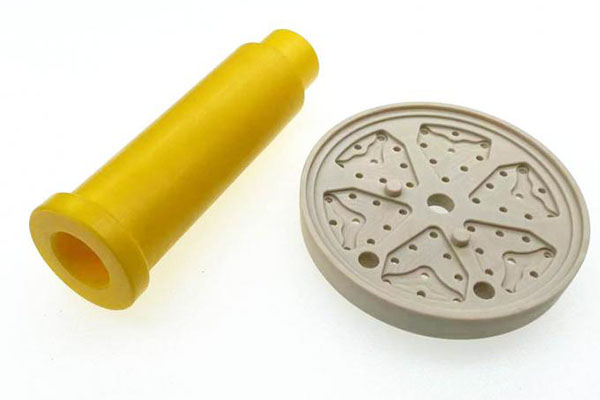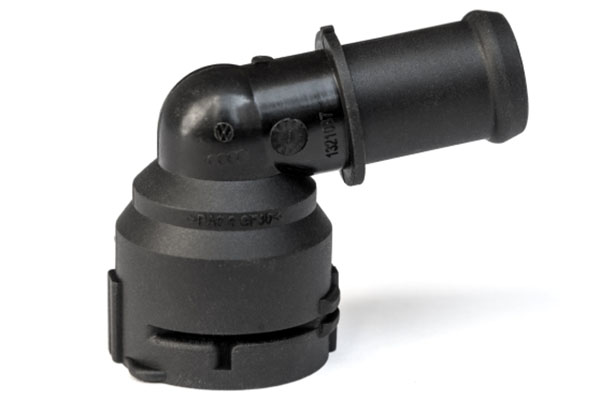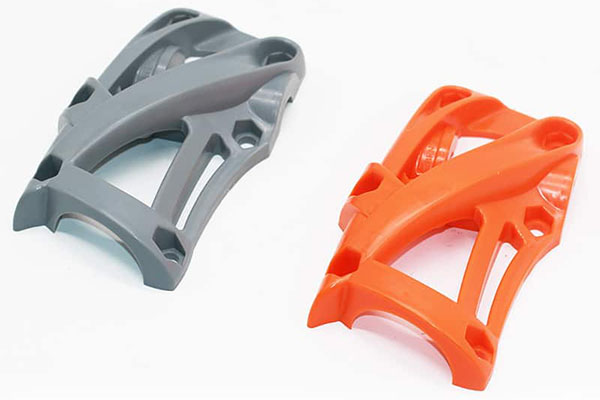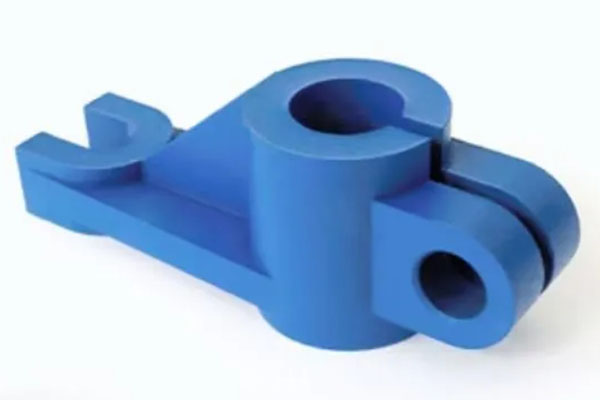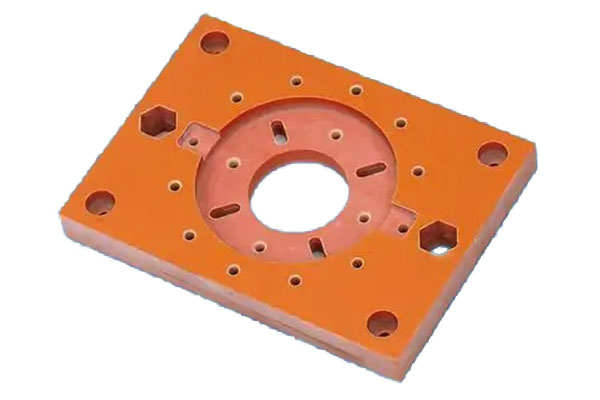Plastic Parts Materials
Plastic parts are everywhere in our daily lives, from the containers we use to store food to the gadgets we rely on. These parts come in various shapes and sizes, all thanks to the versatile material known as plastic. Plastic is a fantastic substance because it can be strong, flexible, and durable, not to mention cost-effective. Now, let's dive into some of the most common types of plastics and see what makes each one special and why they're perfect for certain products.
When you grab a plastic water bottle or open a plastic storage box, have you ever wondered how these items are made? It's all thanks to a process called injection molding, which uses heat and pressure to shape plastic into the desired form. This method is super efficient and ensures that every part is consistent and high-quality. Whether it's for home appliances, car parts, or medical devices, injection molding technology is key.
Let's take a closer look at a few popular plastics. For instance, polypropylene (PP) is often used in food containers and medical devices because it can handle heat well and is chemically stable. On the other hand, polycarbonate (PC) is great for eyeglass lenses and bulletproof glass due to its strength and clarity. Each type of plastic has its own unique traits and best uses, so picking the right one is essential for making quality products.
So, which type of plastic part catches your interest the most? You might already be using different kinds of plastics every day without even realizing it. No worries! We'll break down the details about various plastics and their uses in the upcoming sections, helping you get to know this vibrant world of plastic parts better.
The most commonly used Plastic Parts materials
When it comes to making plastic parts, the type of plastic used is super important. It affects how good the final product looks and works. Let's talk about some common plastics used for making all sorts of things.
Polypropylene (PP) is a go-to plastic because it's cheap, strong, and resistant to chemicals. You'll find PP in everything from household items to car parts and packaging.
Acrylonitrile Butadiene Styrene (ABS) is another favorite due to its strength, durability, and ability to handle heat well. This makes ABS perfect for car dashboards, electronic device covers, and phone cases.
Polycarbonate (PC) is a clear plastic known for being tough and heat-resistant. It's often used for eyeglasses, electronic components, and car parts.
Polyethylene (PE) is versatile and affordable, making it great for packaging, toys, and car parts. It's also really good at resisting chemicals.
Polyethylene Terephthalate (PET) is lightweight and strong, commonly seen in drink bottles and food containers. It's famous for being clear and recyclable.
Nylon (PA) is strong and durable, ideal for car parts, sports gear, and home products. It's known for its high strength, wear resistance, and smoothness.
Polystyrene (PS) is a rigid, clear plastic often used for packaging, toys, and electronics. It's valued for its excellent electrical insulation and low cost.
Choosing the right plastic is key to making high-quality parts that last long and meet customer expectations. Each plastic has its own benefits, so manufacturers need to pick the best one for their needs.
FAQ About Plastic Parts Materials
What are the most common materials used for plastic parts?
Plastic parts can be made from a variety of materials, each with its own unique properties. Common materials include polyethylene (PE), polypropylene (PP), polyvinyl chloride (PVC), acrylonitrile butadiene styrene (ABS), and polycarbonate (PC). PE is often used in packaging films and containers due to its flexibility and moisture resistance. PP is popular in automotive parts and household appliances because it's lightweight and resistant to chemicals. PVC is frequently used in pipes and medical devices thanks to its durability and cost-effectiveness. ABS is favored for its strength and impact resistance, making it ideal for things like helmets and electronic housings. PC is known for its transparency and high impact resistance, which makes it perfect for safety glasses and clear protective covers. Each material offers different benefits depending on the application.
How do I choose the right plastic material for my project?
Choosing the right plastic material depends on several factors. First, consider the mechanical properties you need—whether the part needs to be strong, flexible, or tough. Next, think about environmental conditions; some plastics perform better in extreme temperatures or harsh chemicals. Cost is another important factor, as some materials can be more expensive than others. Additionally, think about the manufacturing process; certain plastics are easier to mold or extrude. Finally, consider any regulatory requirements or sustainability goals. For example, if you need a biodegradable option, look into materials like polylactic acid (PLA). By weighing these factors, you can select the best material for your specific needs.
What are the advantages of using recycled plastics in manufacturing?
Using recycled plastics has several benefits. Environmentally, it helps reduce waste and conserve natural resources. Recycling plastic also typically requires less energy compared to producing new plastic from raw materials, which can lower carbon emissions. Economically, recycled plastics can be cheaper than virgin materials, especially when there's a steady supply. Plus, incorporating recycled materials can enhance a company's sustainability profile, appealing to eco-conscious consumers. However, it's important to note that recycled plastics may have slightly different properties than their virgin counterparts, so testing is crucial to ensure they meet your performance standards.
Can plastic parts be customized with specific colors or finishes?
Yes, plastic parts can definitely be customized with specific colors and finishes. During the manufacturing process, colorants can be added to the plastic resin to achieve the desired hue. This can be done through methods like color matching or by using pre-colored resins. Finishes such as matte, glossy, textured, or metallic can also be applied through various techniques like painting, coating, or texturing the mold surface. Some advanced processes even allow for multi-color or gradient effects. Customization options are vast, allowing designers to create parts that not only function well but also look great.
What are the differences between thermoplastics and thermosetting plastics?
Thermoplastics and thermosetting plastics behave very differently when exposed to heat. Thermoplastics become pliable and can be molded repeatedly when heated, making them easy to recycle and remold. They maintain their shape when cooled down. Common examples include PE, PP, PVC, and ABS. On the other hand, thermosetting plastics undergo a permanent chemical change when heated and cured, meaning they can't be melted and reshaped once set. These materials are often stronger and more heat-resistant, suitable for applications like electrical insulators and high-performance components. Examples include phenolics and epoxies. The choice between the two depends on whether you need a material that can be remolded or one that offers superior thermal stability.
How do I determine the durability of plastic parts?
To determine the durability of plastic parts, you need to evaluate several key properties. Start with mechanical strength, which includes tensile strength, flexural strength, and impact resistance. These tests measure how well the material can withstand stress and shocks. Next, check for environmental resistance; see how the plastic fares against UV light, moisture, chemicals, and temperature changes. Accelerated aging tests can simulate long-term exposure to these elements. Also, consider wear and abrasion resistance, especially if the part will be subjected to friction. Finally, assess dimensional stability over time to ensure the part won't warp or degrade. Combining these tests gives a comprehensive view of the part's durability.
Are there any health concerns associated with plastic parts?
Health concerns related to plastic parts mainly revolve around the potential release of harmful chemicals. Some plastics contain additives like bisphenol A (BPA) or phthalates, which can leach out and pose risks, particularly with prolonged exposure. To mitigate this, manufacturers often use alternatives like BPA-free plastics or those certified as food-safe. It's also essential to follow proper handling and disposal guidelines to minimize exposure. Ventilation in production areas can help reduce inhalation of fumes during manufacturing. Overall, while there are concerns, they can be managed with careful material selection and adherence to safety regulations.
How do I know if a plastic part is food-safe?
To ensure a plastic part is food-safe, look for certifications and compliance with regulations such as the FDA in the United States or the EU's food contact materials framework. These certifications indicate that the material has been tested for potential leaching of toxic substances into food or beverages. Additionally, check for labels indicating "food-grade" or "food-safe." It's also wise to review the material's datasheet for information on migration limits and approved uses. If in doubt, consult with suppliers who specialize in food-contact materials to get expert advice tailored to your specific application.
What role does reinforcement play in plastic parts?
Reinforcement in plastic parts involves adding materials like glass fibers, carbon fibers, or minerals to the base plastic to enhance its properties. This process significantly boosts strength, stiffness, and heat resistance without adding much weight. For example, glass-filled nylon is commonly used in automotive parts for its excellent mechanical properties. Carbon fiber-reinforced plastics are prized in aerospace for their high strength-to-weight ratio. Reinforced plastics are also more resistant to deformation under load, making them suitable for structural components. By carefully selecting the type and amount of reinforcement, you can tailor the material to meet precise performance requirements.
How can I improve the recyclability of plastic parts?
Improving the recyclability of plastic parts starts with material selection. Choose plastics that are widely accepted by recycling facilities, such as PET or HDPE. Designing parts for easy disassembly can also facilitate recycling by separating different materials. Use universal fasteners instead of adhesives whenever possible. Labeling parts with recycling codes helps sort them correctly during collection. Additionally, avoid mixing materials that are difficult to separate, as this can contaminate recycling streams. Collaborating with recycling experts during the design phase can provide insights into making parts more recyclable without compromising performance. These steps contribute to a more sustainable lifecycle for your products.
